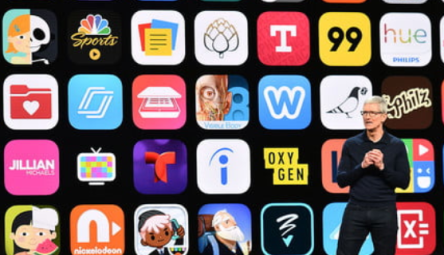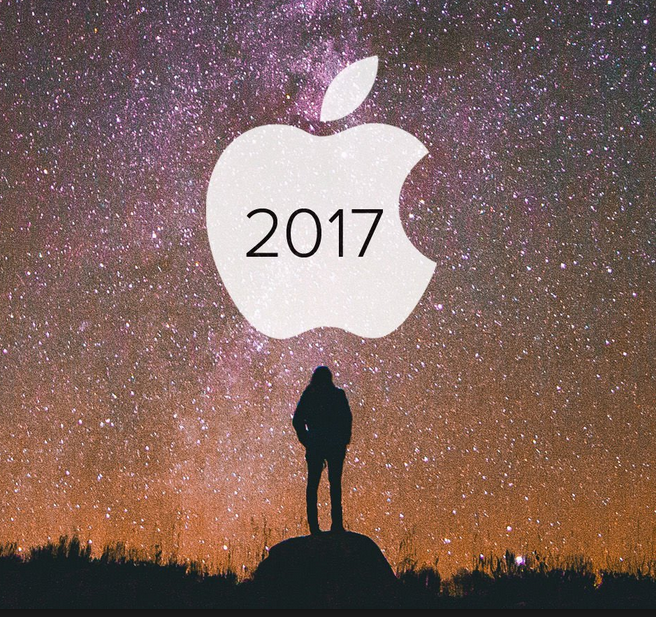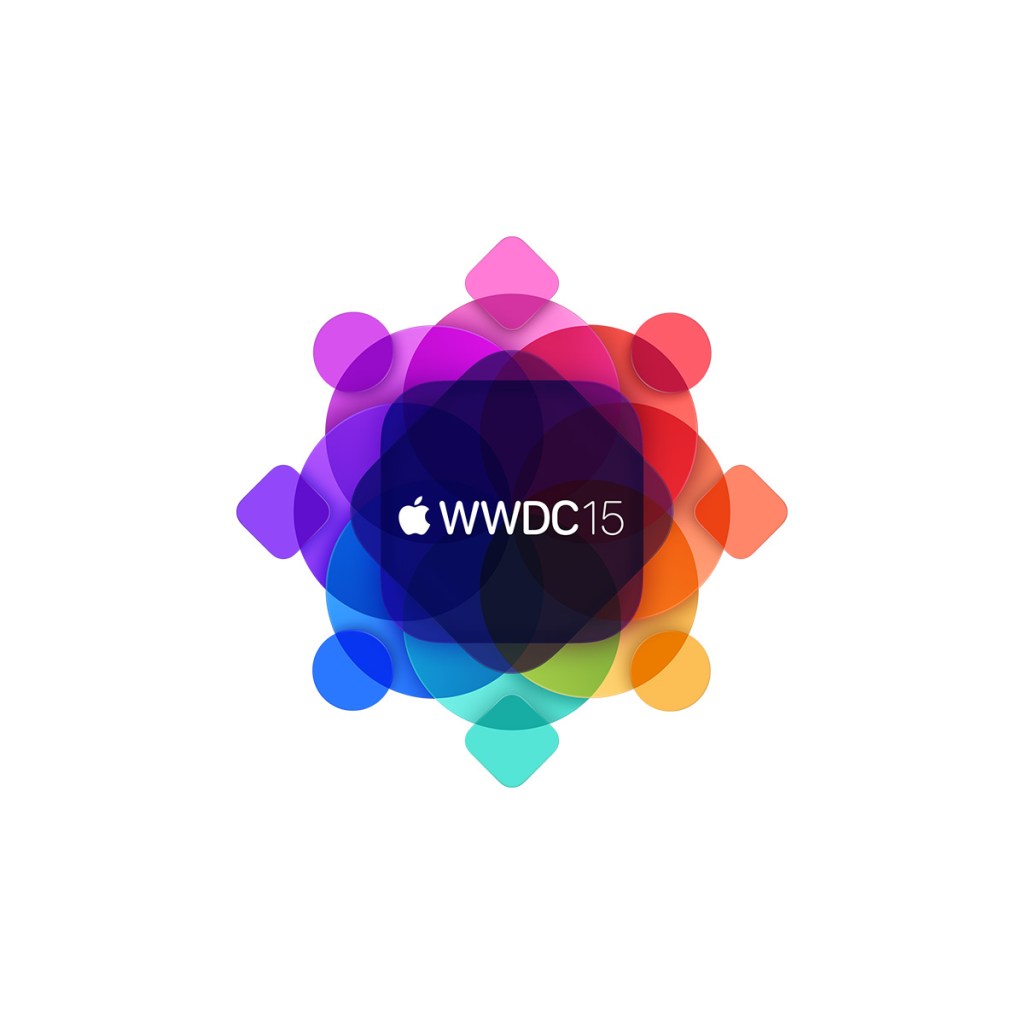This year’s Apple WWDC keynote, held at the San Jose McEnergy Convention Center in San Jose, was a big surprise for many, not for what it showcased, but for what it didn’t—hardware. Even though the event is clearly about software, Apple has gotten us used to announcements of future or refreshes of current products. But this year’s session was all about a large variety of enhancements to its iOS, tvOS, watchOS and MacOS platforms, designed to further optimize the overall Apple experience. News on hardware will reportedly be announced in September. iOS improvements include faster speeds and enhanced responsiveness for the iPhone. This even applies to the older versions, like the 6S, which the company claims will fire up 50 percent faster than previously with its camera will be ready to snap photos 70 percent faster than before. iOS 12 should work just fine on all devices capable of running iOS 11, including the little 5S. This was pleasant news for those hanging on to older phones. Maybe the nicest touch added to the operating system is Screen Time, which could help curb smartphone overuse. New usage reports will show how you’re wasting your time and, should you want to, you can set limits for those apps that eat up too much of your time. Grouped notifications are an attempt to cut distractions, and parents will be able to limit their child’s screen time. For many, this announcement was bizarre as it is unheard of to have a company use one of its biggest annual events to showcase ways to use its products less. But the reality is that Apple doesn’t make money from the time people spend on its devices, it just needs as many people as possible to buy those devices. If...
Apple WWDC 17
The latest and greatest
This year’s Apple WWDC event, hosted by chief executives Craig Federighi, Phil Chiller and Tim Cook, included updates to the company’s iOS, tvOS, watchOS and macOS. There were also a range of hardware updates, including a new iPad Pro, updates to the entire Mac laptop line, a new iMac Pro and the new Siri-enabled speaker dubbed HomePod. iOS 11 The new version of the iPhone’s and iPad’s operating system, coming this fall, is packed with new possibilities, culminating with the usage of augmented reality in games and apps. The new OS will reveal a system-wide design revamp, tilting towards bolder fonts, borderless buttons, new animations and other small visual tweaks. The Control Center has been compressed to fit on one page, and aside from its new look, offers new customization options. The Lock Screen and Notification Center have been combined under one entity, thus pulling down access to Notification Center will also bring up the Lock Screen. The App Store has been redesigned for the first time. It now organizes and separates games and apps into their own sections, while offering a dynamic Today view, populated daily with the newest content. A much-awaited change is the new Files app. It mimics the Finder on macOS (no surprise there), including the drag and drop feature that allows to reorganize files, links and more between apps. There is also a difference: on the iPhone, drag and drop can be used within apps, while on the iPad it can be used across the entire OS. Then there’s the new Dock, Mac users are familiar with it, but for iPad users is a foundational change. Easy to customize with apps, the Dock changes as you work—the suggested apps, such as the recently opened apps and the last one...
WWDC 2015
Highlights from Apple
The 26th WWDC presented a new level of Apple software power, setting a high standard for hardware improvements that will be announced later this year. Attendees gathered from over 70 countries to celebrate the 100 billion Apple app download milestone (an impressive 850 apps are downloaded per second) and to assess future opportunities. The App Store currently holds 1.5 million apps, an exponential increase over the 500 apps in 2008, with over $30 billion paid out to developers so far. El Capitan is the new OS X, which summarizes what the update is all about. It’s named for the iconic rock tower and popular climbing destination inside Yosemite National Park. Unlike OS X Yosemite, which came with a series of big modifications for the operating system, the new upgrade is a relatively small upgrade. It focuses on three aspects for improved performance and user experience: Spotlight, Built-In App improvements, and Window Management. Spotlight now allows more extensive and integrated search capabilities such as looking up sporting event tickets, weather, and upcoming events using natural language; the search improvements extend to apps like Mail where queries like “Show me emails from Bill that I ignored” will work. Built-in Apps like Mail have swipe interaction enabled – swipe left on a message to delete it, swipe right to mark as unread. Moreover, Tabs are enabled in the Mail app and links and files can be added by simply dragging them in. Safari now allows to “pin” sites, so they’ll load instantly from the landing page. Furthermore, it lets mute audio tabs without entering the specific pages. With the new Window Management the user can automatically split the screen between apps and store multiple desktop layouts in a navigation bar on top. Performance-wise, El Capitan is presented...
WWDC 2013
Updates to Apple, big and small
“If everyone is busy making everything, how can anyone perfect anything?” That was the opening line of the 24th Apple World Wide Developers Conference that wrapped up last week. Tickets to this year’s event sold out in only 71 seconds. Over 1,000 engineers from more than 60 countries gathered for the first-look reveals of software, hardware, and service updates. While technology perfection may be an impossible utopian dream, the continuing quest for improvement and exuberant excitement around Apple innovation makes WWDC a high-energy event every year. Although speculation on the unveilings was rampant in online software forums, Apple CEO Tim Cook and his team managed to present a few surprises. OS X Mavericks The reign of big cats (OS X Mountain Lion) is now ended, and cool California places are the new nomenclature theme for OS X), starting with the famous Northern California big wave beach, Mavericks. Craig Federighi, Senior VP of Software Engineering, introduced over 200 features of the new OS. Some of those are relevant to all Mac users, and others are geared towards professionals in different fields. New core technologies are the most impressive updates, with great impact on power efficiency and performance. Timer Coalescing groups low-level operations, reducing CPU utilization by 72 percent (it spends more time in a low-power state) without affecting performance and responsiveness. App Nap reduces the power consumed by unused apps and Compressed Memory increases speed and responsiveness by compressing inactive data when not used, uncompressing it instantly when needed. The sync between devices is deepened, Finder Tabs and Tags are introduced with applicability anywhere on the Mac and in iCloud, making Finder-browsing and document search easier, Tags acting as search filters. Safari’s new sidebar eases access to bookmarks and reading lists, while the Shared Links...




